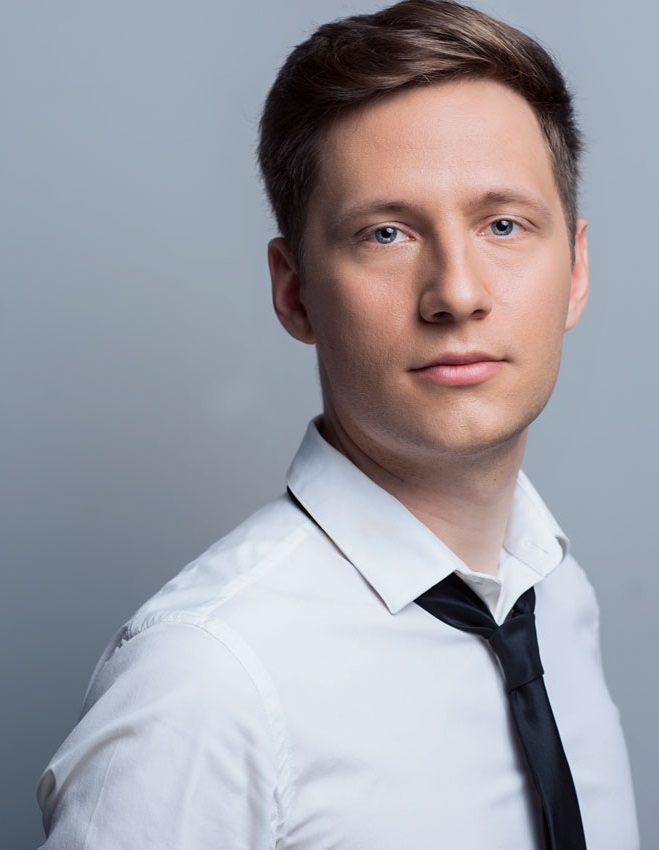Hesperus by Bella in Budapest
 In 2017, Máté Bella composed his work Hesperus for viola and ensemble. The work was commissioned by the Ensemble Intercontemporaine and premiered on 16 February 2019 on French Radio. On May 18, Péter Bársony will be the soloist of the Hungarian premiere at the Budapest Music Center, the UMZE ensemble will be conducted by Gregory Vajda. We asked the composer on the occasion of this coming performance.
In 2017, Máté Bella composed his work Hesperus for viola and ensemble. The work was commissioned by the Ensemble Intercontemporaine and premiered on 16 February 2019 on French Radio. On May 18, Péter Bársony will be the soloist of the Hungarian premiere at the Budapest Music Center, the UMZE ensemble will be conducted by Gregory Vajda. We asked the composer on the occasion of this coming performance.
What kind of compositional ideas have you realized in Hesperus?
This piece is the third one in a series: First, Chuang Tzu’s Dream was written for cello and ensemble, then came Trance for violin and ensemble, and finally, Hesperus for viola and ensemble joined them. These compositions are actually concertos, and I am mainly interested in this genre to present the possibilities of the solo instrument as colourfully as possible. The ensemble draws a polyphonic background behind the solo instrument as if to display the shadow of the soloist, and at the same time, it acts as a kind of echo that takes over and transforms musical elements from the soloist.
Photo: VivienNaomi Photography
Was there any direct inspiration?
There were several: In 2016, I heard Mark Andre’s orchestral piece hij 1 in Switzerland: a huge apparatus on stage that sounded very softly all the time. I was strongly impressed by this sound and was looking for something similar in Hesperus. At the same time, as the title suggests, Hesperus seeks to evoke the flickering of the Evening Star, a visual impression, by acoustic means. It was also important to me that in darkness our ears are more sensitive to the noises of the environment, and that’s why I strived for a kind of silky sound and also for the piece to be very quiet all way long, except for a brief dynamic climax. I’ve long been concerned with transformation processes between noises and musical sounds. In Hesperus, we arrive at musical sounds from the noises and then back at the noises. My string orchestra piece Lethe is just going the other way round, from musical sounds to noises and back.
To what extent was the character of the work determined by the capabilities of the solo instrument?
Before writing the play, I consulted Péter Bársony, who will now be the main figure of the Hungarian premiere. I remember one of his first sentences was this: Remember that the viola is an alto instrument whose deep register, mostly its C-string, sounds beautiful, and it’s not good to fall into the fault of those who want to use the higher registers melodically. I took this warning and decided that I would use the higher registers mainly as harmonics. Accordingly, I designed the viola part so that during the piece it sinks from the high harmonics to the C-string and then rises high again. This arc contrasts the accompaniment’s way from noises to musical sounds and then back to noises.











